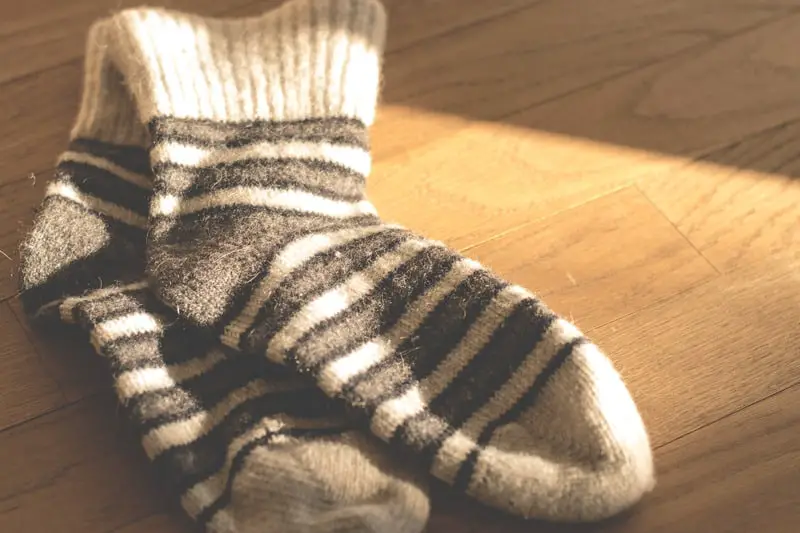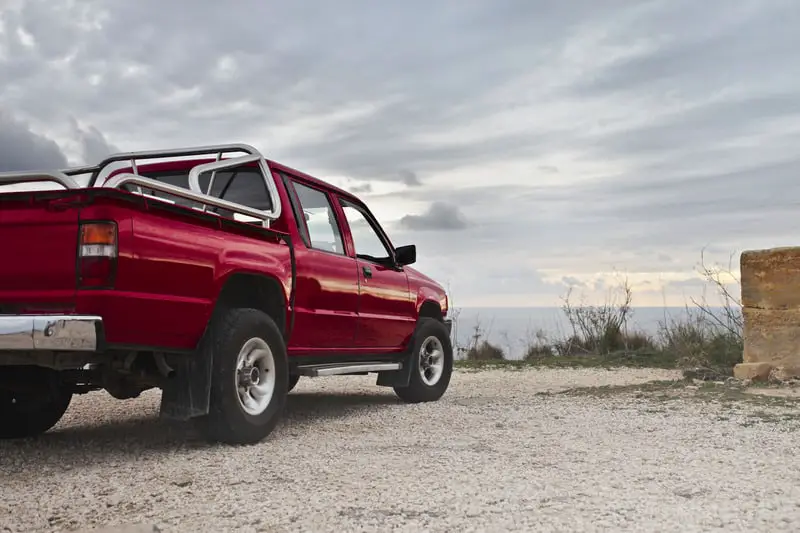Flying your drone in the winter can be a completely miserable experience if you are not prepared. The cold will not only be attacking your fingers and make you freezing cold, but it will also be leeching the life out of your batteries and equipment.
But don’t get me wrong, the spectacular winter views and different types of shots you can get, could make braving the cold worth it. However, there has got to be a better way to fly.

So, How do you fly FPV in the Winter? Simply put, you minimize the effect the cold will have on your body and your equipment by utilizing the following tips and hacks.
Cold Temperature
In the coldest of temperatures, one of the most comfortable ways to fly is to simply sit inside your car. No need to stand out in the bone-chilling cold when you can sit in your car with the heat on. I don’t know about you, but I certainly can’t maneuver my drones around tight areas while my legs are shaking! For that reason, flying FPV from the comfort of the car is the best way to go.
Drew Camden shares how he approaches FPV from inside his car in the video below. He adjusts his truck so that his flying area is mostly in front of the windshield at all times. This way, the radio transmitter, and the video receiver can work normally with little to no disturbances. He also sits in the passenger seat so that the steering wheel doesn’t get in the way.
However, as it turned out in the video, you can’t always maintain a proper signal. Sometimes, you’ll find your drone going behind your door, thereby crashing into whatever comes in the way.
For that reason, you can always extend your setup outside your car. Your radio transmitter can be placed outside (or on your roof!) while you sit in the car by utilizing an SMA extension cable. Similarly, you can get an external video receiver, like the Furious FPV Dock-King, and connect it to the goggles via an AV cable.
Alternative to Cars
If you are flying in an area where you cannot drive to you will have to tough out the cold. However, there a few items that can help.
First, get RC gloves. If you haven’t seen them before, these genius inventions come as two fused gloves with a central transparent area to view your RC transmitter. But make sure to inspect the size before buying since your receiver might be too big for those gloves.
Next, get some hand warmers. These packets are filled with certain chemicals that undergo an exothermic reaction when you expose them to air. You can place them in your gloves, pockets, or right next to your neck.
Never Overlook Proper Clothing
Even if you decided to fly while sitting inside your car, wearing gloves, a hat, and a jacket is still important. As I said earlier, the conditions aren’t really in your favor. There’s a good chance that you’ll crash. Even if you pay enough attention, sudden wind can easily blow your drone outside of your RF range. Don’t forget about your toes!

When that happens, you need to be prepared to get out and defy the weather to retrieve your drone.
Another thing, cold temperature makes crashes worse. This often depresses some pilots after thinking they have a hand in breaking multiple parts in a crash. In reality, it’s all about physics. Plastic, and especially TPU, gets absolutely brittle in the winter. They lose that slight stretching that forgives most of your summer crashes resulting in more damages.
If you watched halfway through Drew Camden’s video above you will notice he talked about moisture right after he crashed and mentioned it could have been part of the problem.
Moisture
The worst problem about the winter is the moisture that lurks literally everywhere. On trees, cars, land, and even in the air. This moisture represents both direct and indirect challenges.

Firstly, moisture will condense on your camera’s lens, thereby affecting your view and maneuverability. In most cases, you can use an anti-fog spray to solve this problem. But you’ll mostly need to apply it multiple times throughout your flying session, which won’t feel fun at all.
The second, and most important, problem with moisture is how it can find its way inside your drone and damage whatever it touches. In extreme cases, you might find yourself caught in a sudden rainstorm that would turn your drone into a piece of junk in a matter of seconds.
Tips to Hack Moisture
It’s always crucial to check the forecast before you leave home. If you found a high precipitation percentage, just take a rain check, pun intended!
Some pilots spray the insides of their drones with an anti-moisture spray. The Corrosion-X Heavy-Duty spray is probably the most widely accepted product for that task. Since it never hardens, you can safely use it directly over circuits without worrying.
A silicone-modified conformal coating can also be beneficial, especially in freezing temperatures. But you’ll have to be extra careful with that process to avoid accidental damage. For starters, avoid coating:
- The boot button
- USB ports
- Barometer
- Sensors
Next, you might also want to seal your ESC with epoxy and suitable heat shrink. I prefer epoxy over hot glue because it can be way stronger.
What to Do in Emergencies
If you were unlucky enough to encounter heavy rain mid-air, turn off your drone and disconnect the battery immediately. Then, hold your drone against an air blower for a couple of minutes.
Some people prefer to go the extra mile and bury the drone inside rice to effectively absorb every bit of lurking moisture.
Battery Performance
We’re not the only ones who shake in chilly weather. LiPo batteries literally suck in winter! According to scientific tests, they operate at their maximum efficiency in temperatures between 0 and 35 °C (32 – 95 °F).
Going lower will cause drastic drops in the output voltage. The good news is, the battery will naturally return to its normal state after using it for a while. It’d be a good idea to warm the spare battery inside your pocket to shorten the time needed to reach the optimal temperature. Try to find a pocket on the inside of your clothes or just tuck it in your waistband. Consider placing a hand warmer packet in there too. If you are hiking to the area where you will fly it is important to use these tips to keep your batteries warm before you get there!
Never Charge While Still Cold
Plugging your batteries to the charger before warming them up is a sure way to ruin them. Think about it. When your battery is cold, it’ll display less voltage that it actually has. The charger will ramp up the voltage nonetheless. As a result, it’ll be way overcharged when it warms up again.
Daylight
Needless to say, days get notably shorter during the winter. As a result, you’ll mostly find yourself flying well after the sunset.

In that case, you must make sure visibility isn’t compromised. For instance, get a camera that can pick up data in low-light environments. The Foxeer Falkor 1200TVL and the RunCam Owl 700TVL are probably the best in this category.
If your drone allows it, consider installing a light to make things a bit easier for the camera. I love LitraTorch 2.0 because it gives insane lumens with a relatively compact size.
Despite all your efforts, crashing will always be inevitable. If you’re living in a snowy environment, you must install a bunch of LEDs on your drone. If you own a white drone, you’ll probably struggle to find it between loads of fresh ice.
LEDs, on the other hand, will glow underneath the snow and directly lead you to the crashing location. Plus, their reflection over the snow looks super stunning. You can shoot some cool videos by flying close to the snow surface and capturing the small height changes under the light.
Consider Unusual Flying Spaces
Believe it or not, winter isn’t all bad. As people stay inside their homes for longer periods, you’ll have lots of new places to fly your drone at. Consider parks, frozen lakes, or even empty streets.

New views such as icicles and snowy trees await your drone to unveil them from new heights. Braving the cold can result in the shots that no one else is strong enough to go get.
Final Thoughts
Lucky for you, all the mentioned problems are manageable. Yes, you might find yourself struggling a bit here and there, but you’ll find your way around all the problems eventually.
Now go on and have fun with your drone!
